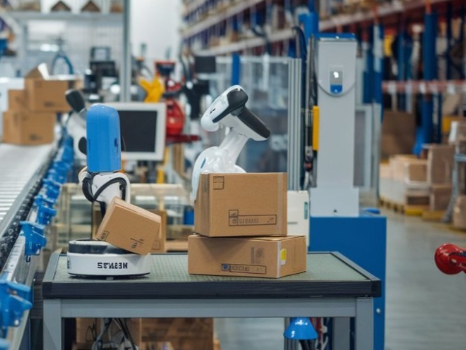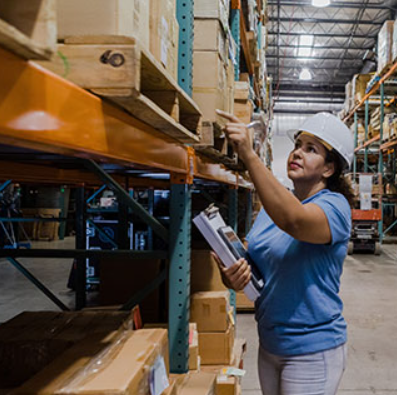
Supply chains are becoming increasingly responsive and efficient, thanks to a digital transformation that has enhanced visibility across the entire process. With the help of advanced technologies, businesses can now track and manage their operations with unprecedented precision.
Smart supply chains leverage IoT sensors, AI-powered analytics, and cloud computing to create seamless connections between all stages of the supply chain, from raw material suppliers to the final delivery. For instance, manufacturers can now monitor component temperatures during transit, predict maintenance needs for warehouse equipment, and automatically adjust inventory levels based on real-time demand.
Key Components of a Smart Supply Chain
Several technologies and strategies contribute to making a supply chain “smart”:
- Digital Twin Technology: This enables companies to create virtual representations of their physical supply chain. For example, one major automotive manufacturer uses digital twins to simulate scenarios like supplier disruptions or demand surges, reducing response time from days to mere hours.
- Predictive Analytics: AI-driven tools help businesses anticipate disruptions before they affect operations. A food distributor, for example, used predictive analytics to reduce spoilage by 23%, optimizing routing and storage temperatures for perishable goods.
- Automated Decision Making: Modern warehouses utilize AI to handle routine tasks without human input. This includes automatically reordering stock when inventory reaches certain levels, adjusting shipping routes based on weather or traffic, and optimizing picking paths for workers.
- End-to-End Visibility: By providing real-time data across the entire supply chain, all stakeholders—from suppliers to end customers—can stay informed about any delays, allowing for rapid adjustments to be made.
The real power of a smart supply chain lies in integration. It’s not just about implementing advanced technologies but ensuring that systems communicate with each other and make decisions automatically. For instance, a retailer’s point-of-sale system can trigger increased production at the manufacturer when high demand is detected, and logistics can adjust to accommodate the increase.
Adopting a smart supply chain often results in reduced logistics costs and improved inventory accuracy. However, transitioning to this model requires substantial investment in technology and training, which is why adoption is happening gradually across industries.
Is Logistics 4.0 the Same as Smart Supply Chain?
Many people ask if Logistics 4.0 is synonymous with smart supply chains. While the two share similarities, Logistics 4.0 refers specifically to the application of Industry 4.0 principles in logistics operations. Smart supply chains, on the other hand, provide the broader framework that encompasses the entire supply chain, from supplier to end customer.
Key elements of Logistics 4.0 include:
- Real-Time Location Systems (RTLS): These systems track assets and inventory with meter-level accuracy. For instance, warehouses using RTLS have cut picking times by 40%, optimizing routes and instantly locating items.
- Autonomous Mobile Robots (AMRs): These robots handle repetitive tasks in warehouses, reducing labor costs by 50-70% while improving picking accuracy to nearly 100%.
- Predictive Transportation Management: Using real-time data, predictive transportation systems help optimize routes and reduce delays. Companies that have implemented these systems report 15-20% savings in transportation costs and 30% fewer late deliveries.
The Connection Between Smart Supply Chains and Logistics 4.0
The relationship between smart supply chains and Logistics 4.0 is clear:
- Smart supply chains offer the digital infrastructure for data sharing.
- Logistics 4.0 handles the physical execution of tasks such as inventory movement, picking, and transportation.
- Both rely on similar core technologies, including IoT, AI, and cloud computing.
The primary difference between the two is the scope. While Logistics 4.0 focuses on specific processes like automated picking or predictive maintenance within warehouses, smart supply chains extend across the entire supply chain, from suppliers to the final consumer. In practice, most companies implement both systems together to maximize efficiency and responsiveness.
By integrating smart supply chain technologies and Logistics 4.0, businesses can build more resilient, agile, and cost-effective supply chains, better equipped to meet the demands of today’s fast-paced market.












